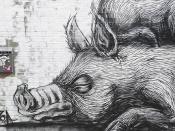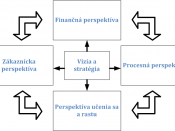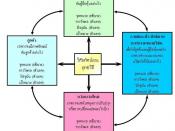IntroductionEnager Industries Ltd (Enager) was a relatively young company whom manufactured and produced products/services within three divisions- Consumer Products, Industrial Products and Professional Services. Consumer Products, the oldest among the three divisions in Enager, designed, manufactured and marketed a line of houseware items. Industrial Products built one -of -a- kind machine tools to customer specifications. Professional Services, the newest among the three, provided several kinds of engineering services and this division had grown rapidly because of its capability to perform "environmental impact" studies. Each division was treated as an essentially independent company but all new project proposals requiring investment in excess of $1,500,000 had to be reviewed by the Chief Financial Officer, Henry Hubbard.
AnalysisCarl Randall, Enager's president, had transformed the three distinctly separate divisions from being treated as profit centers into investment centers in 1992 at the urging of Henry Hubbard. The change enabled the three divisions to use ROA (Return on Assets) as a performance measure of the success of each division.
The ROA was defined to be the division's net income divided by its total assets the division used to generate its profits.
The net income for a division was calculated by taking the division's "direct income before taxes", subtracting the division's share of corporate administrative expenses and its share of income tax expenses. On the other hand, the total assets of a division was calculated by taking the division's assets, including receivables and the allocated corporate-office assets, including the centrally controlled cash account, based on the basis of divisional revenues. In addition, all fixed assets were recorded at their balance sheet values- original cost less accumulated straight line depreciation. Based on these calculation techniques, the sum of divisional net income and assets were equal to the corporate net income and assets respectively.



Great
This is a good essay with many great points. However, I feel numbers would be good to back up the analysis.
0 out of 0 people found this comment useful.